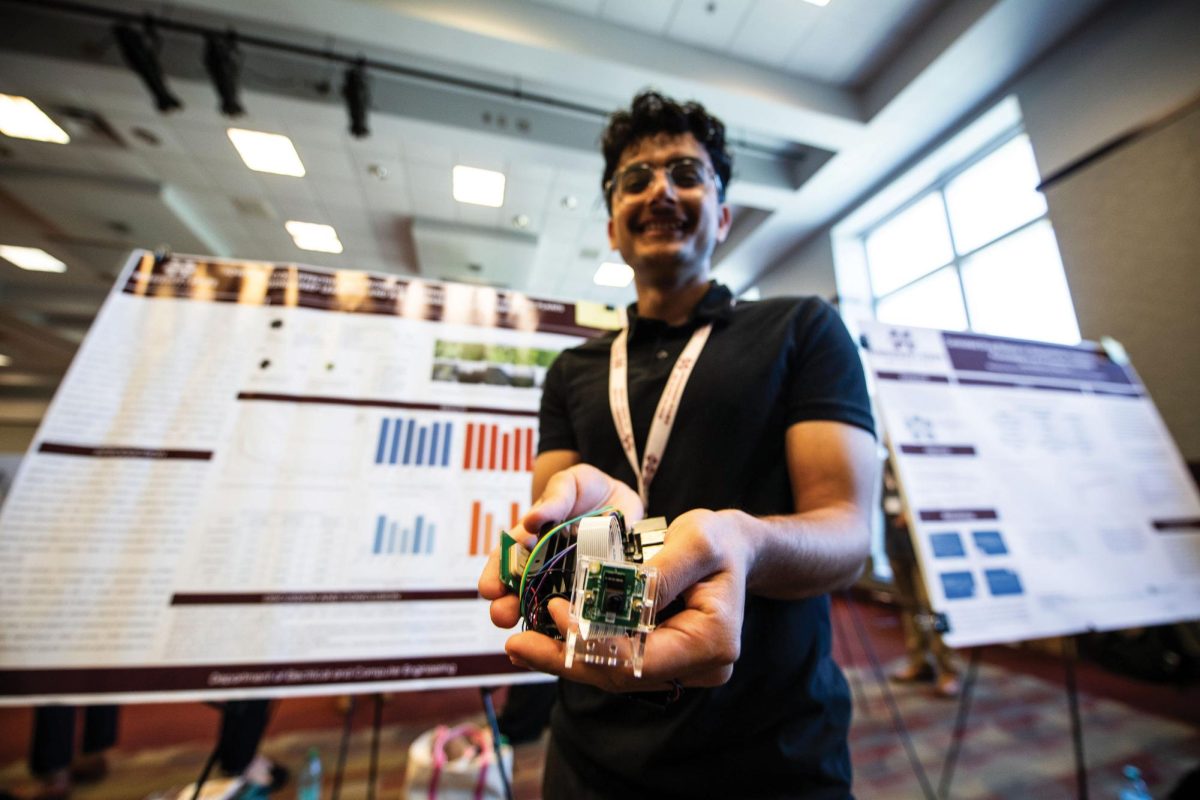In February 2011, the online drug marketplace, “The Silk Road,” launched just below the government’s radar. Known as the amazon.com of illicit drugs, the site operates through a sophisticated anonymity technology. Finding the site requires a bit of skill, as it is only accessible through the TOR network, a complicated online system.
Once accessed though, the site is a virtual treasure trove of illegal substances, with individual users selling everything from marijuana to LSD. Purchases work through an online currency known as Bitcoins, so users cannot be tracked through credit cards, Paypal or any other traceable source.
Many of Silk Road’s customers are college-aged students seeking an easy and efficient way to receive drugs on campus without the hassle or inconvenience of seeking an actual dealer. While Silk Road’s effect on the drug-using community is still too early to predict, the site has brought attention once again to the discussion of drug use among young people.
According to the National Center on Addiction and Substance Abuse at Columbia University, college students have higher rates of drug and alcohol abuse than the general public. This can be attributed to chemistry. In young people between the ages of 18 and 25, the pleasure-seeking and risk-taking part of the human brain is at its peak, while the areas that control judgment, emotion and impulse do not finish fully developing until a human’s mid-to-late 20’s.
Studies of drug use among college students show students seek drugs for a variety of reasons. Twenty to 30 years ago, the majority of students using drugs claimed their usage was fueled by a need for relaxation or recreation. In the past 10 years, studies have seen the rise in students attributing their drug usage to the pressure for good grades and social skills.
This pressure has led to a rise in the use of prescription drugs and amphetamines. While Adderall has swept the nation’s campuses as “the study drug,” the most commonly abused prescription drugs are pain killers, such as Oxycontin.
According to the U.S. Department of Health and Human Services’ National Survey on Drug Use and Health in 2010, the rate of current illicit drug use among full-time college students age 18-22 was 22 percent. From 2006 to 2010, the study saw a decline in the use of cocaine and LSD, as well as an increase in marijuana and ecstasy use. Seventeen percent of college students smoke marijuana at least once a month.
Scientists have warned parents of the dangers of drug use on their children’s campuses for decades, but with the rise of less traceable drugs such as pain relievers and Adderall, drug use is more apt to go under a parent’s radar. One student, a senior majoring in psychology who wished to remain anonymous, claimed his parents were probably aware of his drug use.
“It’s sort of a ‘Don’t Ask, Don’t Tell’ thing. If doing drugs was hurting my grades in some way, they would probably say something, but the drugs are helping me keep my GPA up, so they don’t say anything,” the student said.
Students are not only relying on illicit drugs to aid them in their studies. College students often turn to drugs as a way to self-medicate mental illnesses, such as anxiety or depression. When students become reliant on substances to elevate or stabilize moods, addiction forms. On a college campus, substance dependency can lead to reckless and dangerous behavior.
According to the CORE Alcohol and Drug Survey 2008, 37.1 percent of college students reported engaging in some sort of public misconduct, such as driving under the influence or vandalism, while under the influence of drugs or alcohol. Twenty five percent of students reported experiencing a serious personal problem, such as a suicide attempt or sexual assault, while under an influence.
With such large numbers of students admitting to drug usage and acquiring illicit substances becoming all the more efficient with online drug transactions such as Silk Road, universities have faced significant challenges in abating the prevalence of drugs on campus. Most universities offer counseling services, but some universities have taken addiction treatment a step further. Universities such as Texas Tech and Rutgers have added on campus housing with built in treatment plans for students seeking recovery from addiction. Recently, the White House Office of National Drug Control Policy joined with the Department of Education to urge colleges to consider similar recovery programs.
While cases of addiction occur, they remain less prevalent in full-time college students than of people of the same age who are not attending school. This can be attributed to the popularity of non-addictive substances, such as marijuana, in college students. Mississippi State University students can seek help and counseling for addiction-related problems, as well as education on the subject, from both the Longest Student Health Center and Student Counseling Services, located in Hathorn Hall.
Categories:
Trends in student drug use change over time
RACHEL PERKINS
•
January 27, 2012
0
Donate to The Reflector
Your donation will support the student journalists of Mississippi State University. Your contribution will allow us to purchase equipment and cover our annual website hosting costs.
More to Discover







